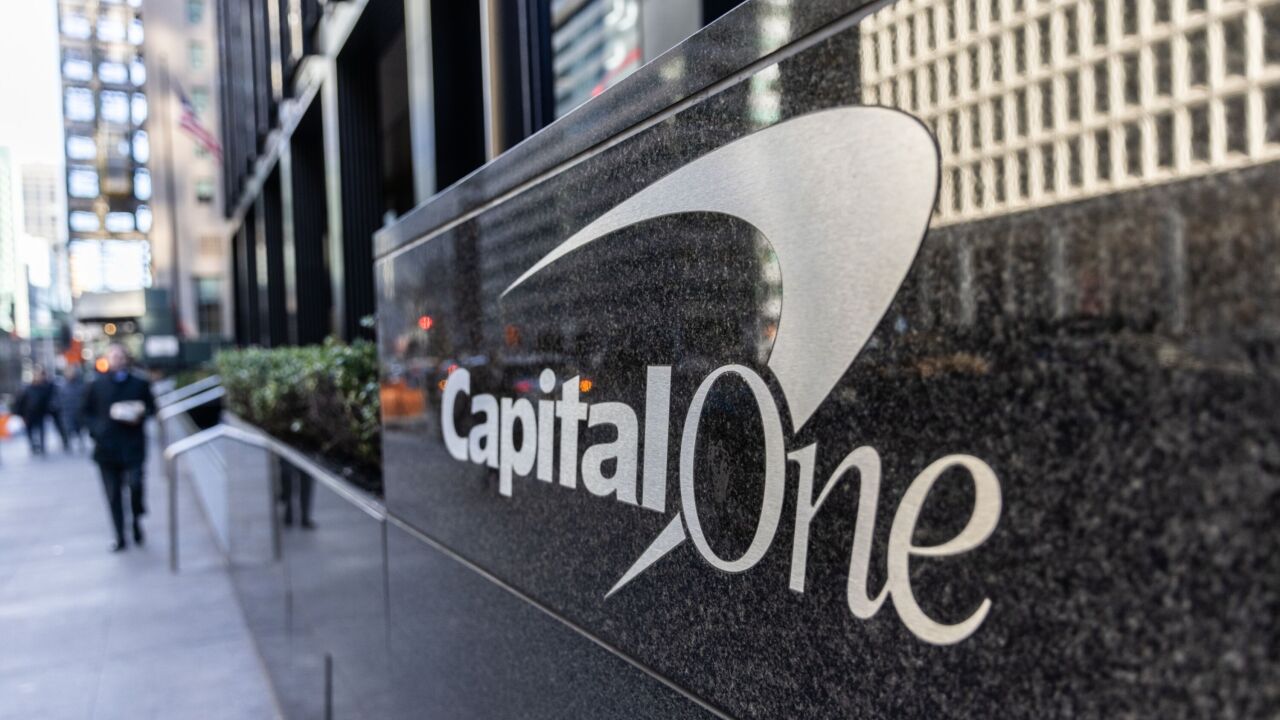Card Forum: Contactless is keenly focused on the opportunities that come with the adoption of digital and contactless payments. Senior industry leaders will examine the huge shift in consumer behavior that has increased demand and explore how banks and credit unions can stay at the forefront of innovation.
Register today and join hundreds of leaders in the payments community on March 16th!
The coronavirus pandemic has not only fast-tracked a shift to digital payments, it has also deepened the commitment to cash among those who use it.
Early in the pandemic, there was a coin
This is in stark contrast to perceptions that cash can spread












